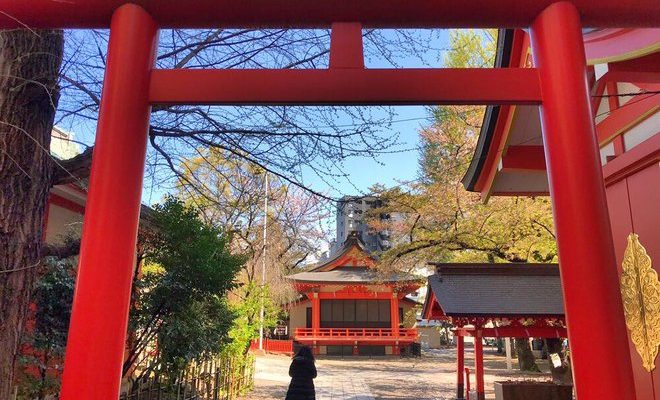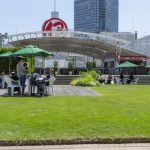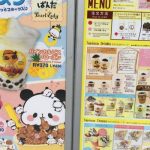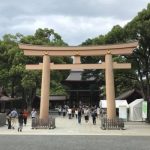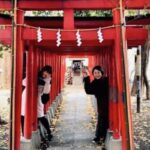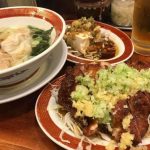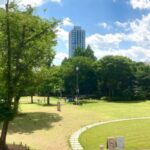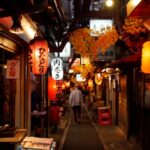In Japanese Shinto means a “place of the gods” or “the way of the deities”, a Shinto Shrine (Jinga) is considered a place of worship and the dwellings of a divine spirit (kami); they inhabit the inner most chamber of the shrine where rituals and acts of worship are performed. Conversely Buddhist temples are knows as O’tera.
Shrines are either visited to pay respect to the kami, shinto gods, or to pray for good fortune. The shrines first arose with the beginning of agriculture to attract kami to ensure good harvest. Today they are also visited during special events i.e. New Year, Setsubun, Shichigosan, birthdays, weddings, new births and other festivals.
The origins of the Shinto religion evolved out of the worship of unique natural phenomena, ancestors and various kinds of spiritual gods. When Buddhism was imported from China, Shinto took on it’s name to help distinguish it from the newly introduced religion. It remains an integral part of Japanese life, as it focuses on the positive beliefs, purity and hopeful wishes; making it accessible to anyone.
In Japan there are approximately 80,000 Shrines, some of which date back nearly 2000 years. Each shrine is dedicated to a particular Kami (god or spirit). The most popular is Hachiman with nearly 8000 around the country. Hachiman is revered as the Kami or warriors and the community.
Characteristics of a Japanese Shrine
• Jinga are enclosed sacred areas taking the form of a compound.
• The entrance will usually have a large torii gate. A most distinguishable element of a Shinto Shrine. It denotes the boundary between the sacred world within. Tradition dictates that once passing under the gate one must be quiet and behave in a reverent manner.
• Behind the gate is the Worship Hall (haiden).
• Near the haiden is a basin known as a Chozuya for rinsing the hands and purification before entering the sanctuary.
• Further on from the haiden is the Main Sanctuary (honden).
• In front of the honden is a Wooden Box (saisen-bako) where money is thrown into as a donation by visitors and worshippers.
• The honden contains a sacred artefact inside where the deity’s spirit is thought to reside.
• A heavy rope before the box is pulled by worshippers to ring the Bell suzu. To make his / her attention known the god kami.
• The worshipper will then follow by bowing twice, clapping the hands twice, bowing again, then making their prayer.
• A Stage Hall (kaguraden) might even be present where they have Noh-theatre performances, sacred dances and music (kagura).
Noh-theatre originates from the 14th Century, where themes are often related to dreams, supernatural worlds, ghosts and spirits. Noh(能) is often mixed with kyogen, comical pieces, that are performed at intervals to the main performance. The mixing of these two performances was listened as a Cultural Heritage by UNESCO.
For “How to Pray at Japanese Shinto Shrine” article, CLICK HERE!

